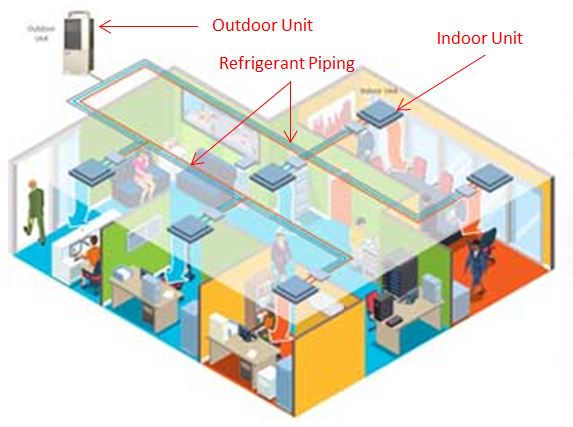In the five years or so between the late 2000s and 2014, prices for large-scale solar photovoltaic (aka “solar PV” or “PV”) power generation installations have fallen by 50% due to reasons including incremental technology improvements, higher production volumes, more efficient manufacturing, and more efficient and competitive installation. The news of falling large scale solar PV costs is not new to those who follow these kinds of things, but the continued drastic decline in prices has brought us to a point worth noting. A recently released Lawrence Berkeley National Laboratory (LBNL) report on this subject titled Utility-Scale Solar 2014[1], found that the 20th percentile of utility scale PV project costs (the least-expensive 20%) were installed for around $2 per WattAC. Some notable recent utility-scale PV power purchase agreements (a.k.a “PPAs”, which are contracts between producers and buyers of power typically for a fixed price per megawatt) in the Southwestern US have been for prices as low as $40/MWh—the study notes that at this price, solar PV is competitive with the fuel-only component of operating a natural gas plant (i.e., ignoring gas generation fixed capital costs such as the power plant itself!).
Sun City, USA
The Southwestern US is one of the best locations for siting solar power generation on the planet—with favorable weather allowing capacity factors (the ratio of average power generated to the associated equipment max rated power) of >30%, which is really an accomplishment since the sun only shines an average of about 50% of the time! Given these high capacity factors in this part of the country, it is not surprising that it is also the location where we are first seeing “grid-parity” (i.e. solar prices competitive with other generators), but it is still nonetheless pretty amazing. The falling PV prices continue to allow installations even in the northeast, with generally a much lower average capacity factor, to start to approach the point of being competitive with the higher-priced, more traditional sources as well—and of course generation in the northeast happens to be more proximate to the huge load center of the northeast Megalopolis from Boston to DC, than say, much of the Arizona high desert.
The Sun is Setting on Federal Solar Tax Credits
The current 30% federal installation tax credit (ITC) will be reduced to 10% in 2017, and the cost effectiveness of these projects will hit a temporary speed-bump—but if PV prices continue to fall at the current trajectory, we will, in the not-too-distant future, reach a point where installed PV beats all other generating sources hands down on price. When we get to this point, the real challenge may be finding ways to match coincidence of load and production (i.e. the sun does not shine at night, or in the middle of a Nor’easter blizzard in Boston). Lots of investment, including by companies like Tesla, is going into developing cost effective power storage options for the grid to help address challenges such as these placed on the grid by intermittent capacity. And there continues to be talk of updating the antique(ish) power grid to one that can achieve efficient long distance transmission across the country (e.g., in theory allowing southwest solar power to serve the east coast load-centers in the evening winter peak, etc.). However, there is still not a comprehensive strategy on a national level to address such engineering challenges. As prices for PV generation continue to be driven lower and lower, we may get to the point where these kinds of issues can’t afford not to be addressed—though only time will tell.
[1] Utility-Scale Solar 2014, LBNL, https://emp.lbl.gov/sites/all/files/lbnl-1000917.pdf




